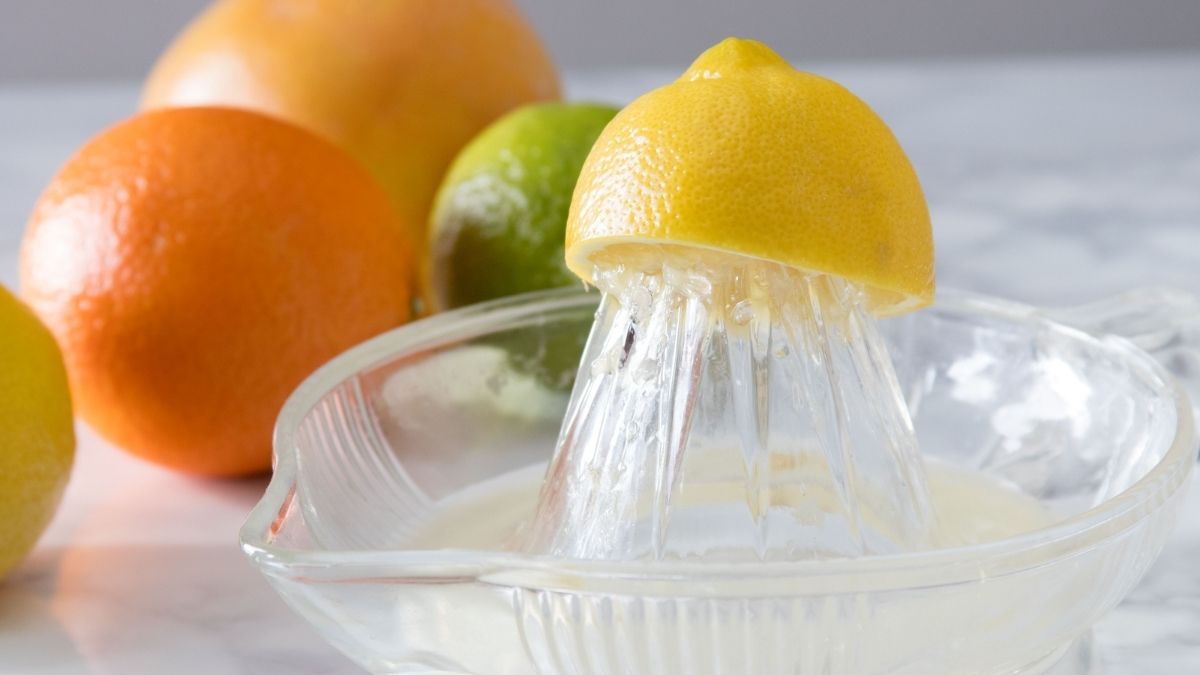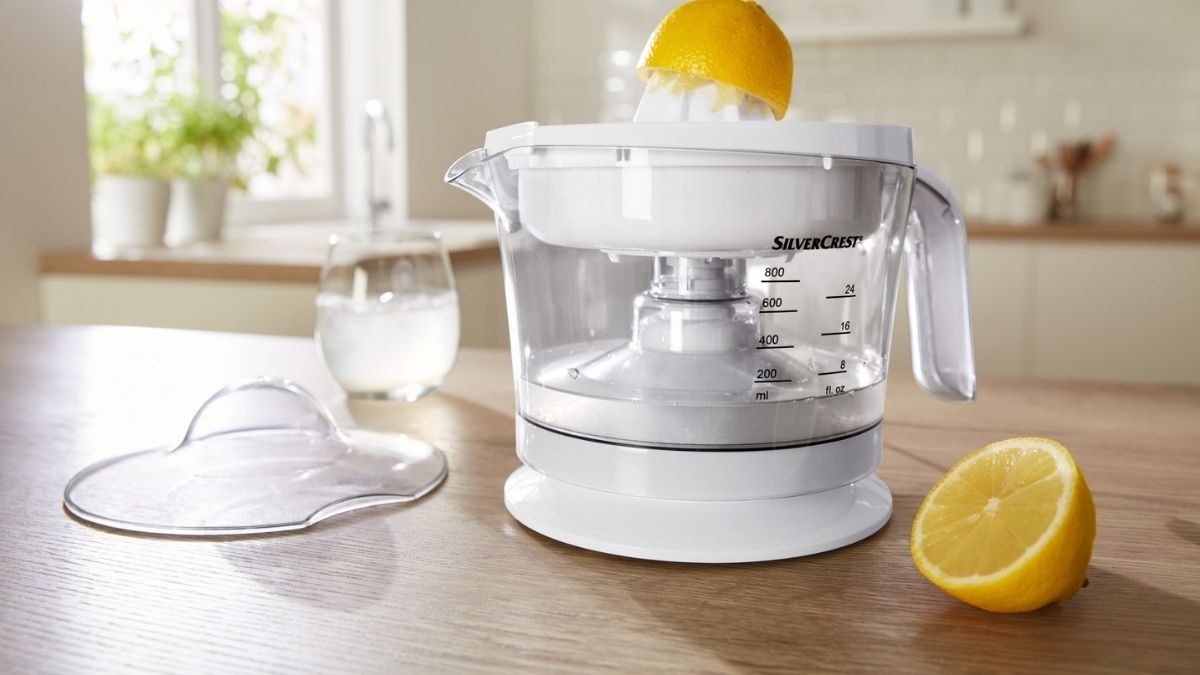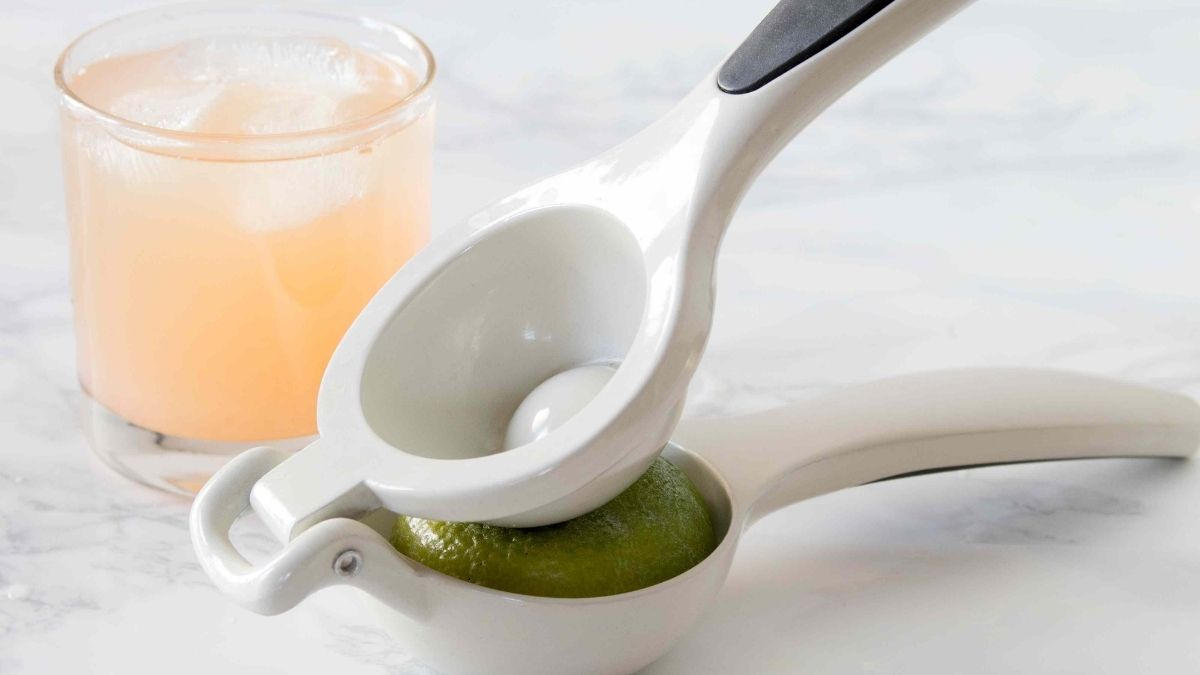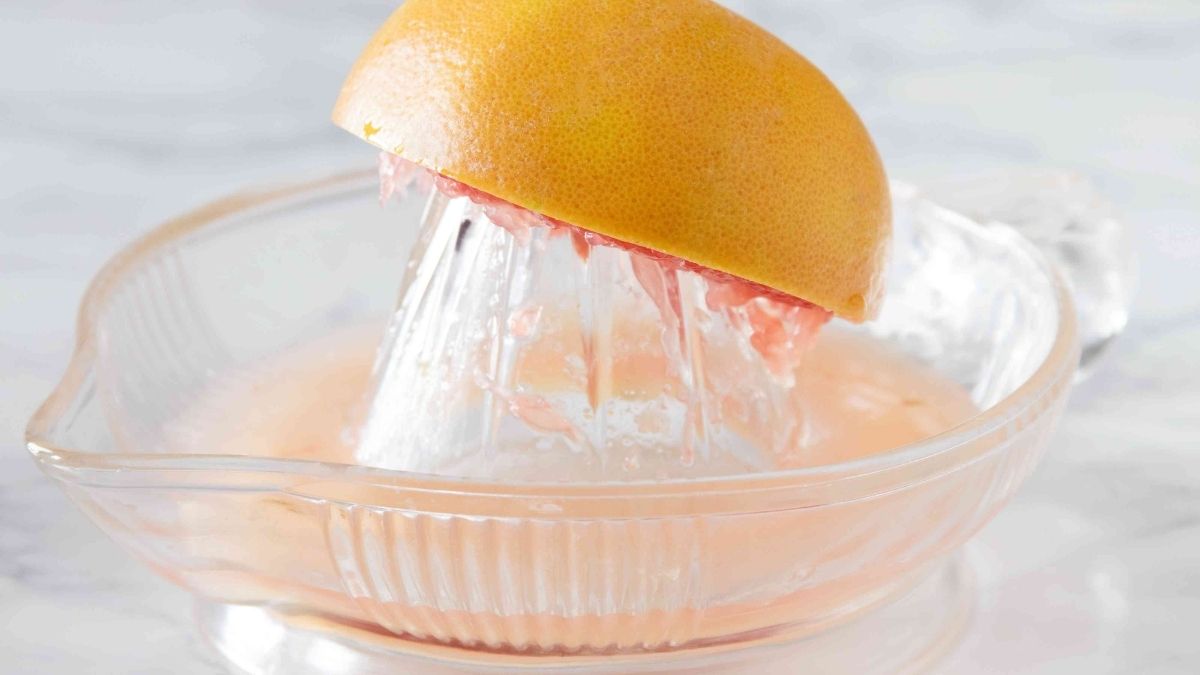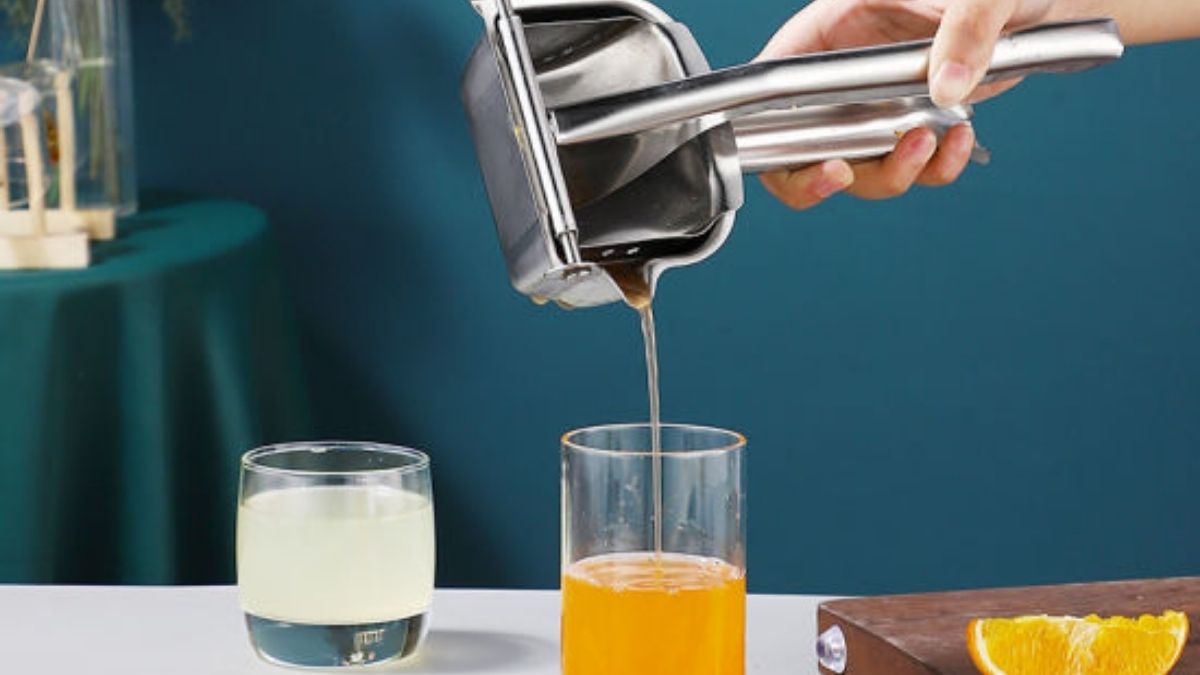Fresh juice produces the best cocktails, without a doubt. The most frequent fruits are lemons, limes, and oranges. Therefore it’s only natural to use fresh citrus, especially in food recipes. The good news is that these fruits are also the simplest to juice, and fresh citrus juice can be extracted and takes only a few minutes. Although most processes include using a tool, several juicer styles are affordable and may be kept in a bar or kitchen drawer.
Citrus juices include acids that can irritate the skin. If you have cuts or rough skin on your hands, wash them frequently during and after juicing. If you’re particularly sensitive, consider wearing gloves. You can also develop a severe sunburn if grapefruit juice lingers on your skin and is exposed to direct sunshine. Because it’s typically associated with creating margaritas with lime juice in the summer, it’s called phytophotodermatitis or “margarita dermatitis.”
6 Easy Ways to Squeeze Fresh Citrus Juice
Prep to Maximize Citrus Juice Yields
It’s simple to prepare fruit for juice: Rinse the skin well before cutting the fruit in half in almost all cases. It would be best to use only a wedge when you need a “squeeze” of juice.
There are a couple of steps you can take to get the most juice out of the fruit:
- Allowing citrus to come to room temperature before juicing increases juice production substantially. Refrigerate fruit for at least 30 minutes before serving. Microwave fruit for 10 to 15 seconds to warm it up quickly.
- Roll the fruit under the palm of your hand while pushing hard down on the tabletop before cutting it.
How Much Juice is in Citrus Fruit?
The amount of liquid in each piece of fruit varies. The amount of juice a citrus fruit yields are affected by variety, growth environment, and size. On average, you can anticipate receiving:
- 1 grapefruit = 3/4 cup or 5 to 6 ounces
- One orange = 1/4 cup or 2 to 3 ounces
- 1 lemon = 3 tablespoons or 1 3/4 ounces
- 1 lime = 1 tablespoon or 1/2 to 1 ounce
How to Store Citrus Juice?
It’s preferable to utilize fresh citrus juice as soon as possible and only squeeze as much as you need. On the other hand, Citrus juice can be kept in the refrigerator for two to three days. Choose containers with tight-sealing lids made of glass or food-safe plastic. Because light might cause the juice to go bad faster, opaque or dark bottles and jars are preferable over transparent bottles and jars. Freeze citrus juice for a few months if desired. Ice cube trays make for easy servings; after frozen, transfer to a freezer-safe container.
1. A Squeeze of Fresh Orange Juice.
Squeeze it
Many foods and drink recipes use a splash, squeeze, or squirt of fresh juice. This accent is most commonly used for lemons and limes, and it is the simplest juicing method because it only requires a knife to make wedges.
The wedge is commonly used as a garnish for drinks like gin and tonic because it allows the user to squeeze as much juice as they want. During the mixing process, a splash is added to other beverages, and certain food dishes require a splash while plating.
How to Squeeze Citrus by Hand?
- Cut the fruit into wedges (save some for the garnish).
- Hold the wedge over the glass or cocktail shaker between your thumb and fingers.
- Squeeze to release all of the juice from the fruit.
2. The Hand Squeezer
A citrus squeezer (or hand press) is a handheld gadget that squeezes the fresh juices from lemons and limes using force. Because it’s quick, efficient, and easy to store, it’s a favorite among bartenders and cooks. A hinge connects the two arms that aid pressing; all but the tiniest seeds remain in the press, and the juice is usually pulp-free.
This citrus juicer is reasonably priced and available in two sizes. The smaller variant is designed for limes and little lemon kinds, and the larger one is designed for ordinary lemons and limes. You can occasionally locate one for oranges and another for more prominent citrus. Look for a stainless steel or strong plastic squeezer while shopping. Under typical strain, the handles of cheap plastic juicers can snap.
Use this juicer for recipes that call for “half a lime juice” or other modest amounts. The juice can be squeezed directly into a glass or cocktail shaker. Squeeze over a measuring cup or (very gently) a cocktail jigger when a certain quantity is required.
How to Juice Citrus with a Squeezer?
- Cut the fruit in half.
- Place one half in the press so that the peel faces upward and not toward the curve. (This is counterintuitive but ensures juice doesn’t splash into your face.)
- Close the juicer and, using both hands, gently squeeze the two handles together until the fruit releases all of its juice.
3. The Citrus Reamer
A citrus reamer is more beneficial for food preparation. Because the seeds and pulp must be strained, it is not commonly used for drinks. In comparison to the squeezer, it’s also somewhat messy. However, it is an inexpensive device that takes up little space, and it will suffice if that is all you have.
How to Juice Citrus With a Reamer?
- Cut the fruit in half.
- Hold one half in the palm of your hand, pulp facing out and at about a 45-degree angle.
- Press the reamer into the pulp, twist to pulverize, and allow the juices to run into a bowl or glass.
- Before mixing drinks, strain the juice using a fine mesh strainer to remove any stray seeds and most of the excess pulp.
4. The Old-Fashioned Citrus Juicer
Another manual juicer is an inexpensive way to quickly get a lot of fresh citrus juice. These juicers are also tiny enough to fit in a drawer and do an excellent job of extracting the maximum amount of juice from produce. There are two types of juicers in this category, and they usually come in one size that fits lemons, limes, oranges, and smaller grapefruit, while larger versions are available.
- The glass juicer is a classic that is easy to clean and comes in various sizes. The juice from numerous limes or lemons, or one or two oranges and grapefruit, is held in the tray of the more prominent type. Smaller versions will require more frequent dumps. Secondhand juicers are pretty prevalent, and some vintage juicers have fantastic styles. A fine mesh strainer may be required to ensure seed and pulp-free juice.
- The choice is usually made of stainless steel and has perforations in the bottom of the tray so that seed- and pulp-free juice falls into a basin (often included). They take significantly more room yet are still quite helpful.
Use this juicer when preparing considerable amounts of juice for storage, storing up for a party, or making a pitcher of fresh lemonade.
How to Juice Citrus With a Manual Juicer?
- Cut the fruit in half.
- Place one half, pulp side down, onto the reamer.
- Press firmly and rotate the fruit on the reamer until all juice is released.
- Strain through a fine-mesh strainer if needed.
5. Need A Lot of Citrus Juice? Get a Press
A countertop citrus press might be an excellent investment if you’re serious about juicing citrus. It requires human force, is more prominent, and costs more; nonetheless, you get what you pay for, and it is advisable to choose a well-built press.
You can squeeze a lot of fruit in a short amount of time with this type of juicer. It’s an excellent choice if you have counter space, want fresh orange or grapefruit juice, and want to get in a quick workout. This press will create pulp- and seed-free juice in most cases, though a filter may be required.
How to Juice Citrus With a Press?
- Cut the fruit in half.
- Place one half on the reamer, pulp side down.
- Grab the arm and forcefully pull the handle down until all the juice is released.
6. Go Electric and Juice it Up
The fourth method for extracting juice from citrus fruits is likely the most straightforward. Some prefer electric juicers, while others prefer manual juicers. Electric juicers devoted to citrus and variants with a citrus attachment are available. In either choice, the reamer is rotated or vibrated by an electric motor, but the design is essentially the same as any other citrus juicer.
This is an attractive option if you want a piece of flexible kitchen equipment that can juice a variety of fruits and vegetables and citrus. It handles all the work for you and is an excellent option if you cannot use a manual option due to physical restrictions. They have the drawbacks of being more expensive, requiring more storage space, and being noisier.
Conclusion
Roll the fruit with the heel of your hand against a hard surface to soften it slightly. This motion aids in breaking the membranes that retain the juice and facilitates squeezing. Then, along the broadest portion of the equator, cut the citrus in two. Insert a plain metal fork into the cut side of your lemon after it has been cut in half.
Squeeze the lemon sideways over a basin, moving the fork up and down as you squeeze. Turn the fork several times and continue the up and down action as you squeeze the lemon from various angles to get all of the juice out. Roll the lemon (or orange, grapefruit, or whatever it is) on a cutting board or the counter to loosen the membranes. Make a hole in the non-stem end of the lemon with a skewer, (clean) needle, chopsticks, toothpick, or pin (be creative!). Squeeze the juice till you’re satisfied.
